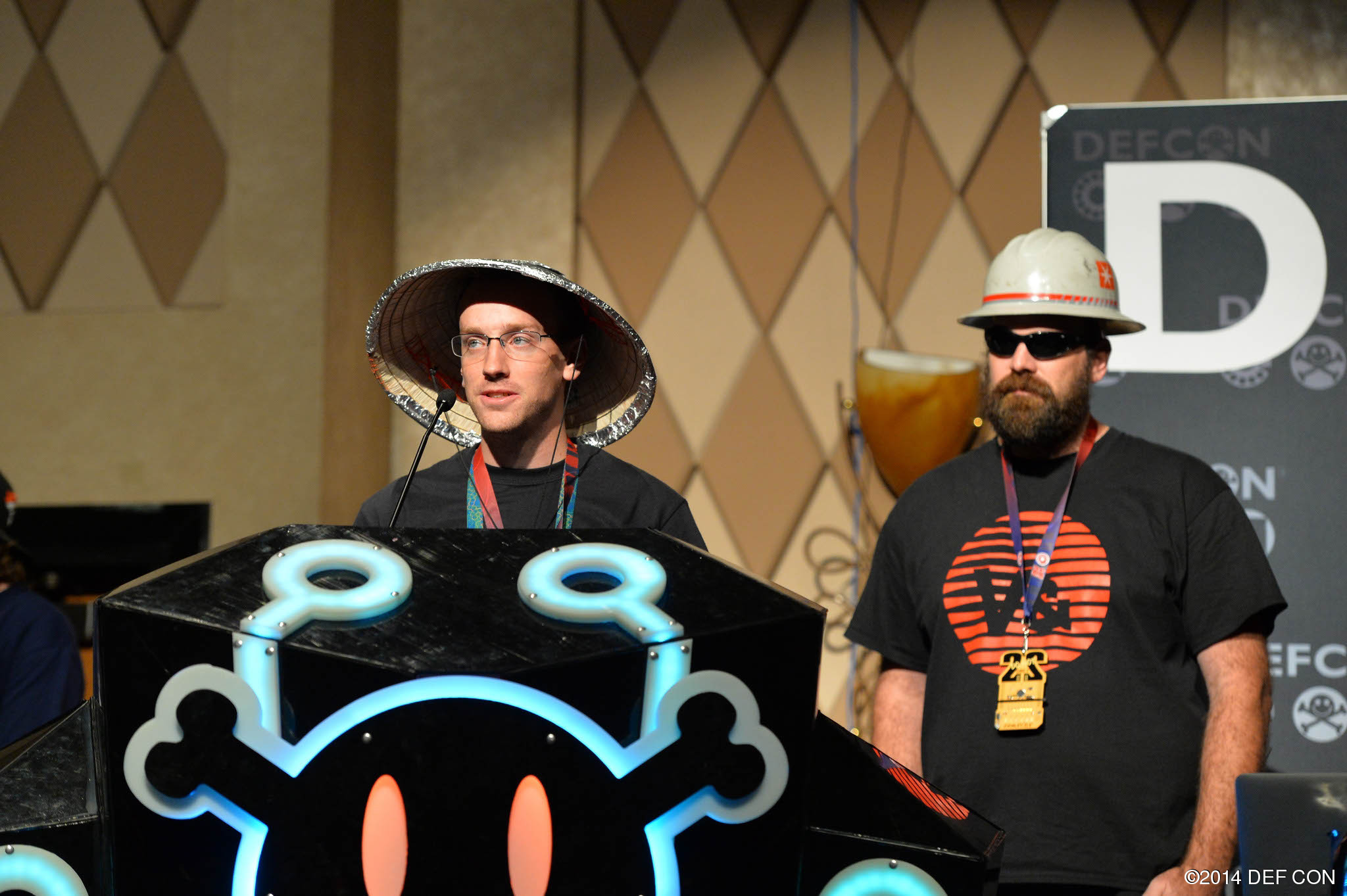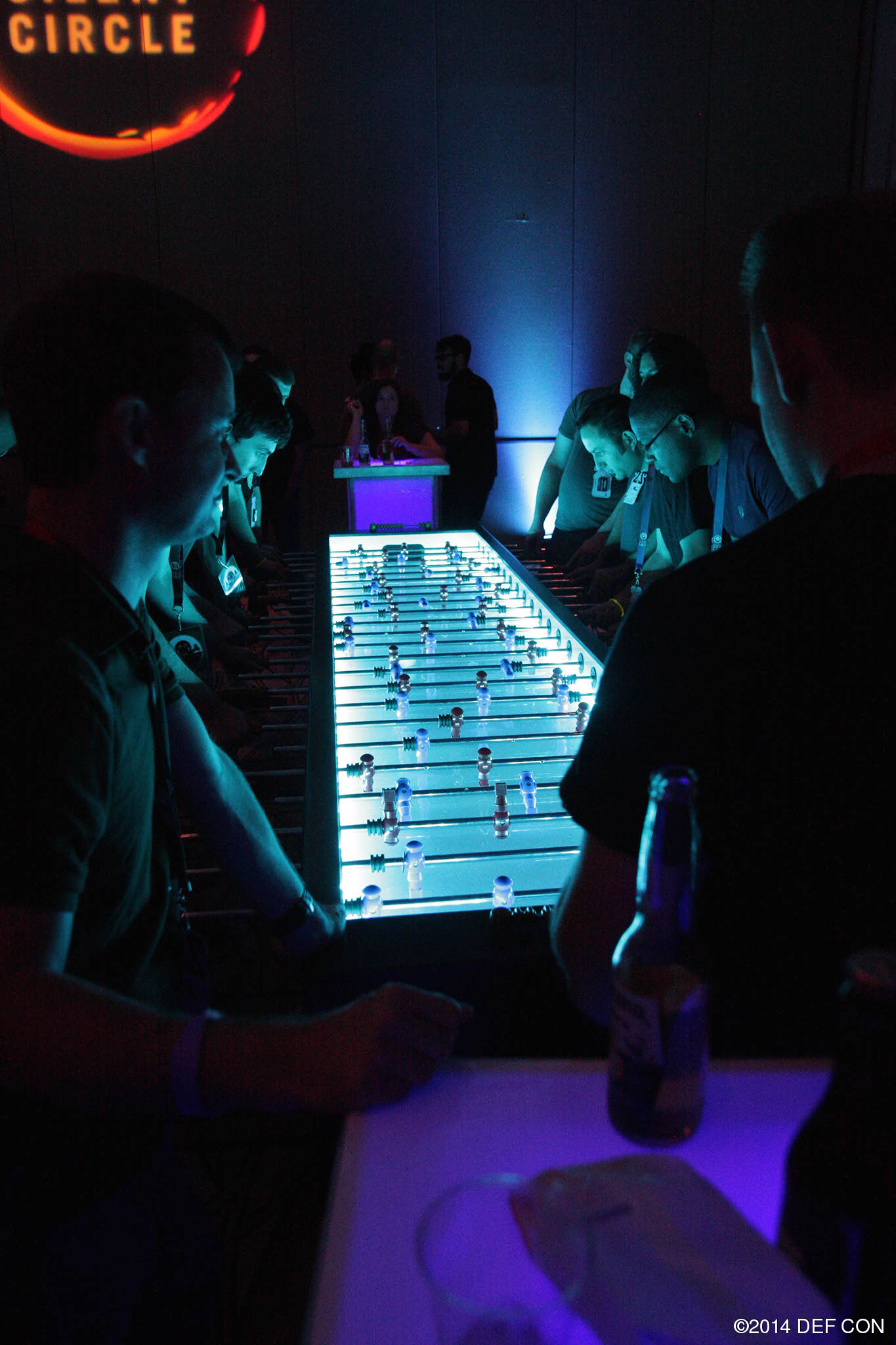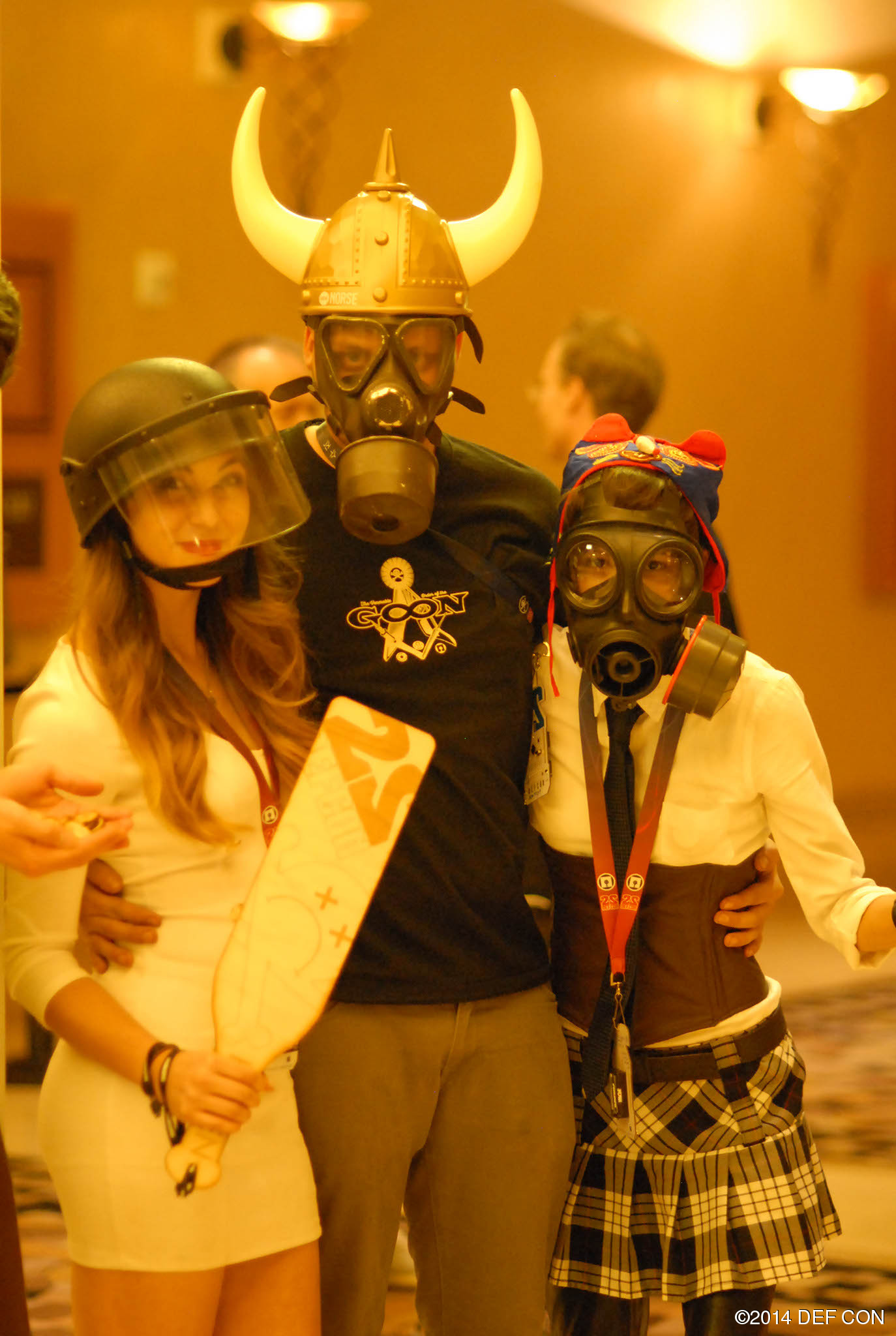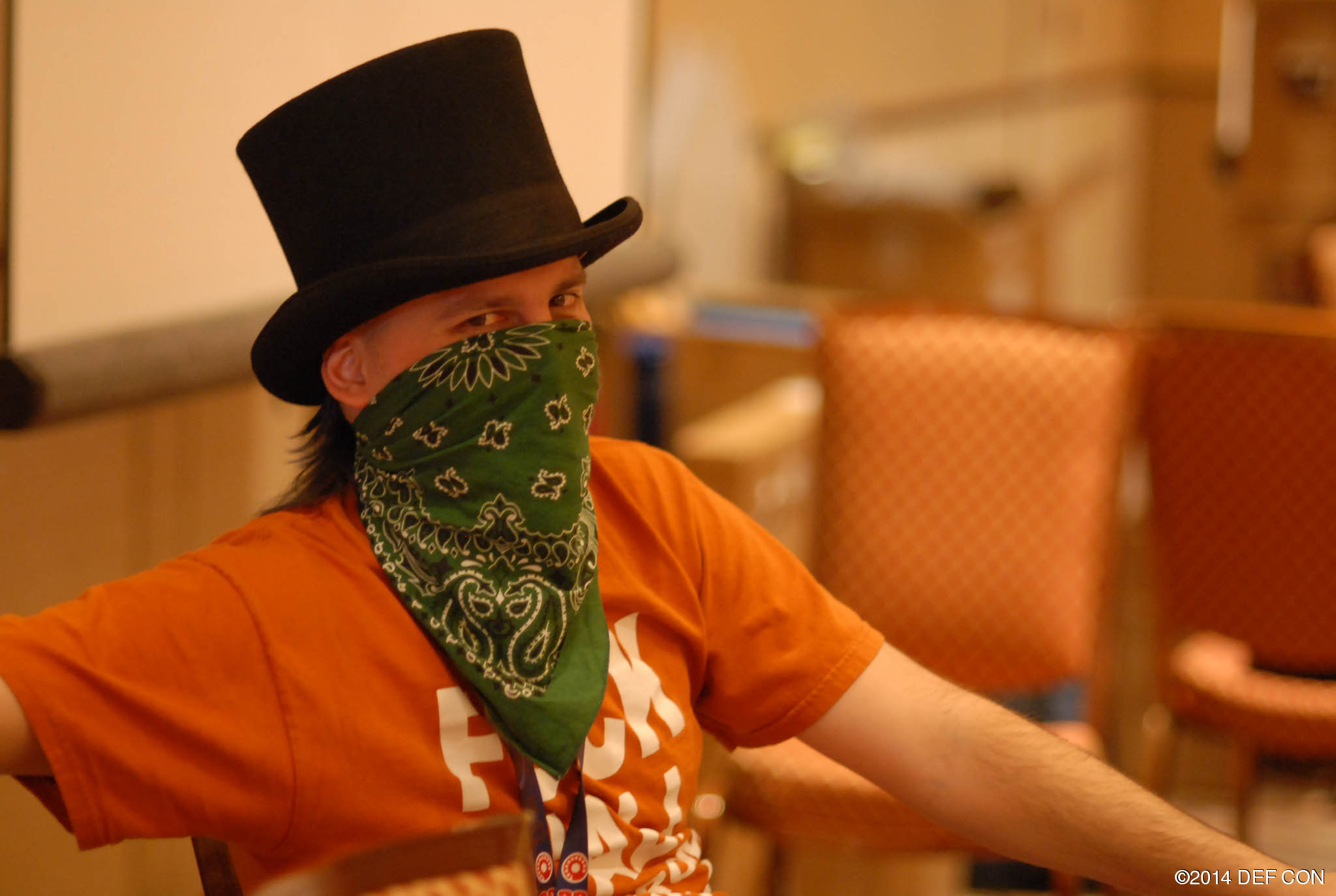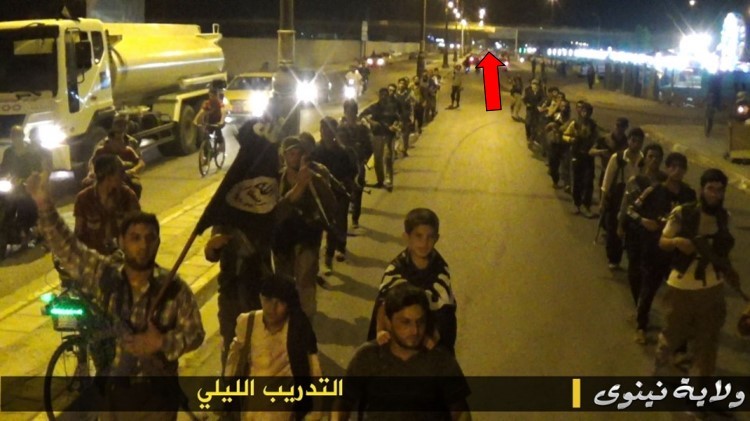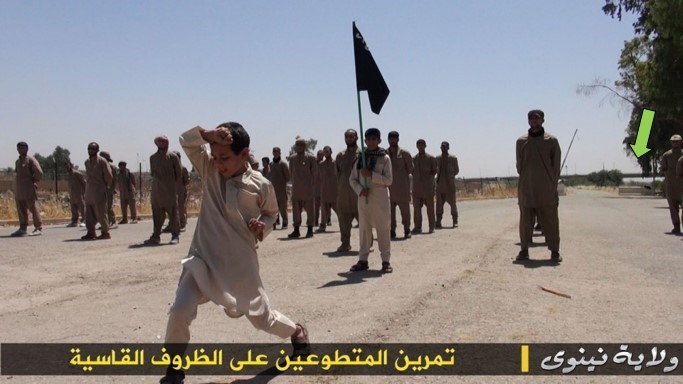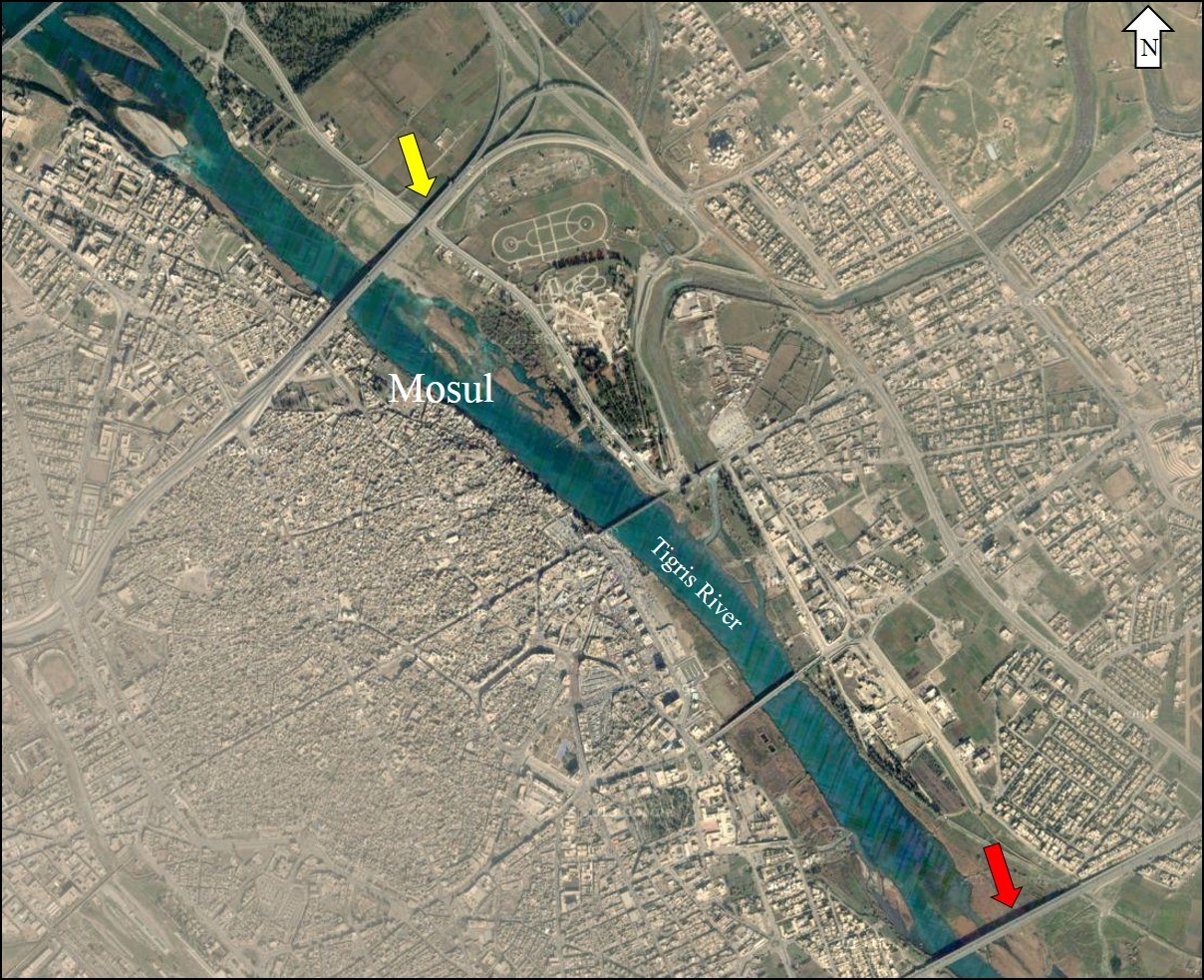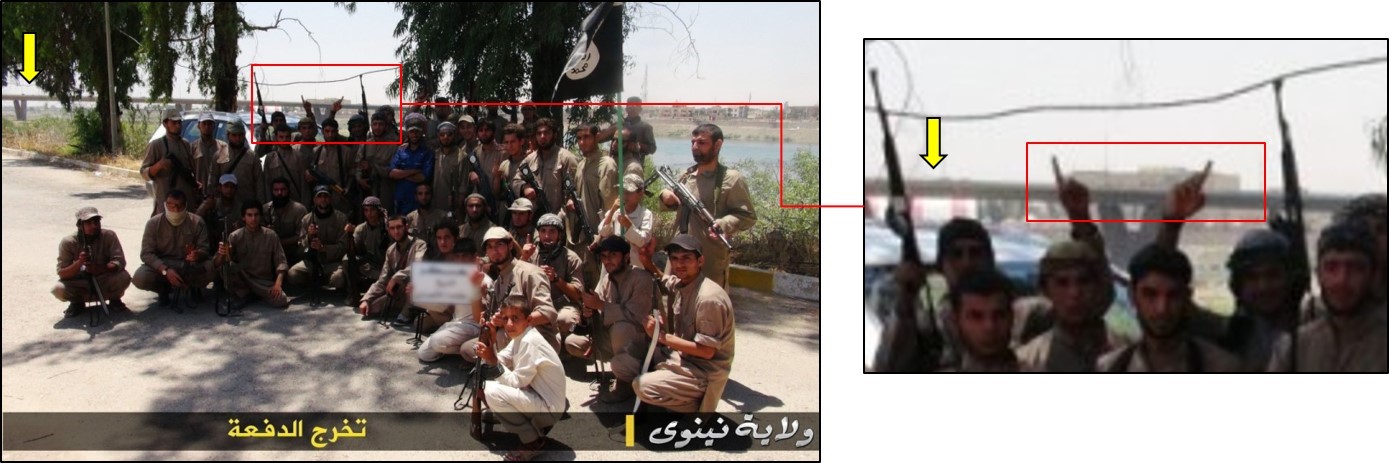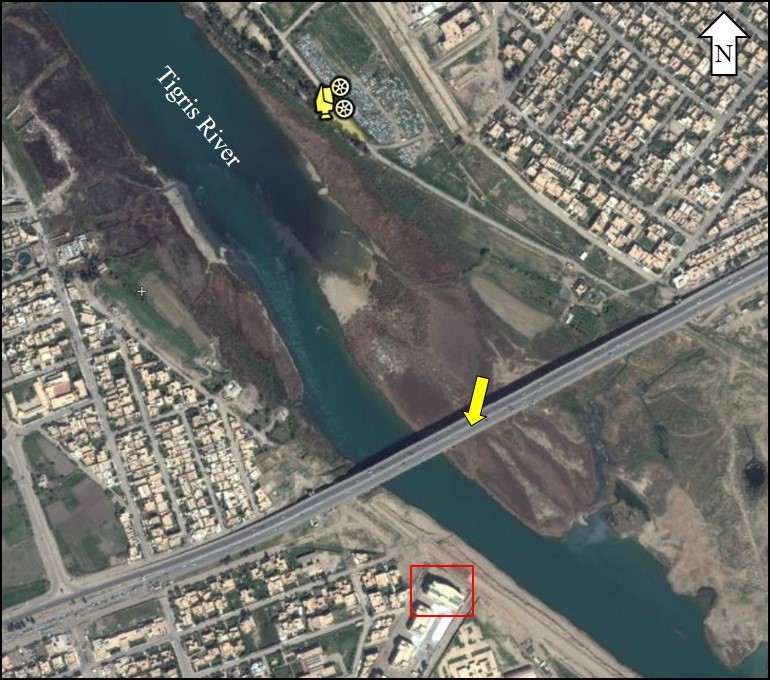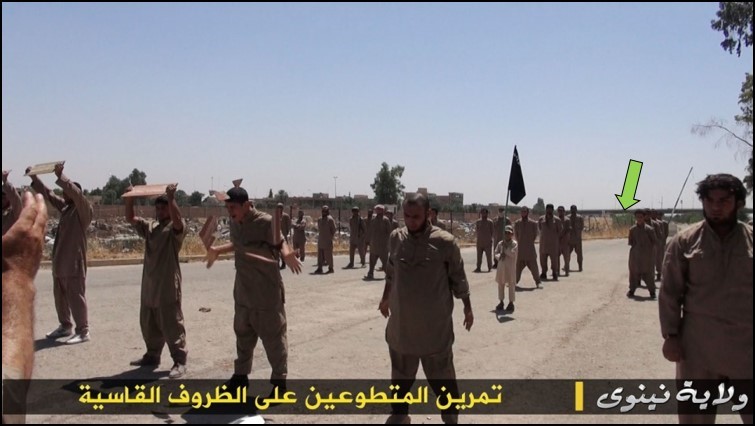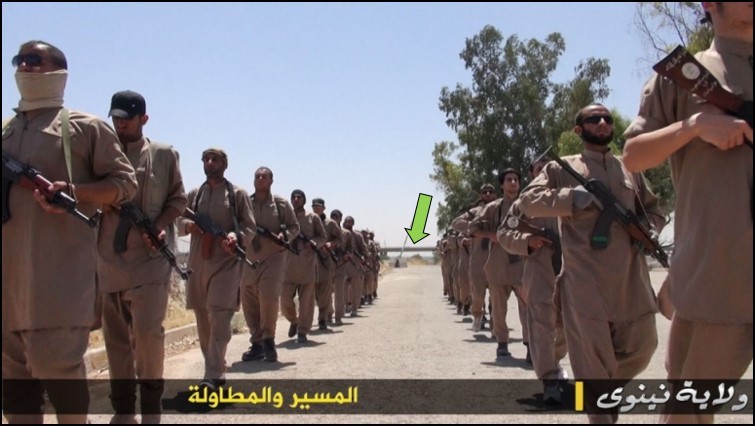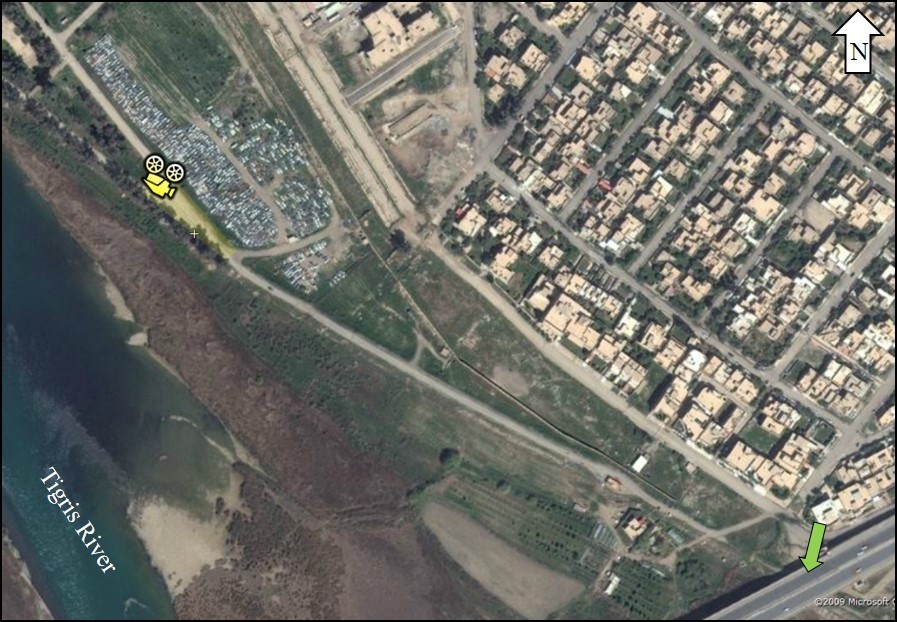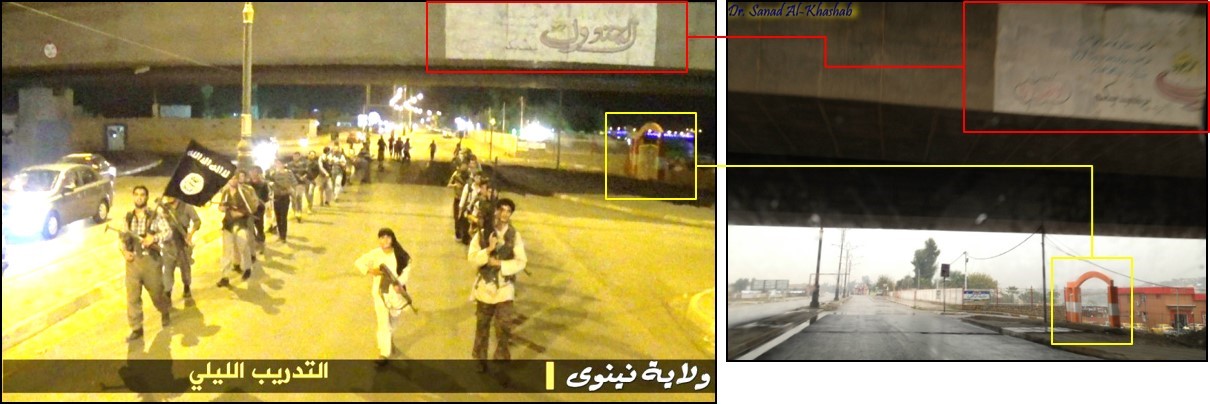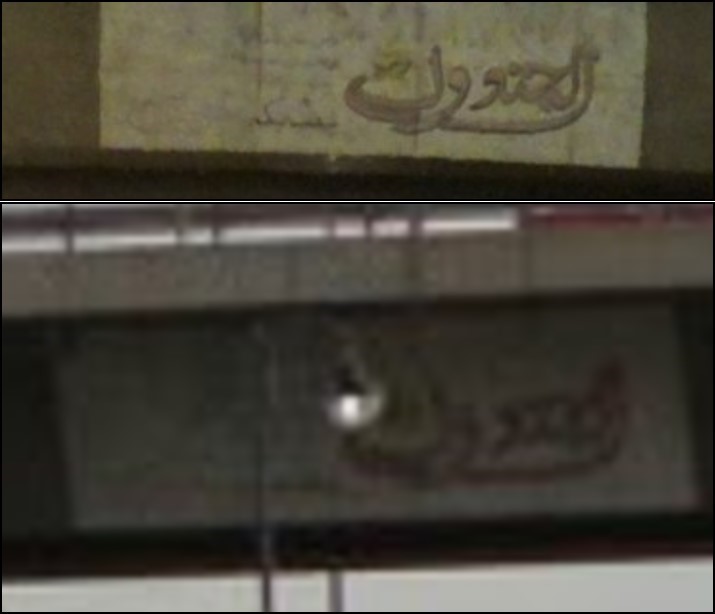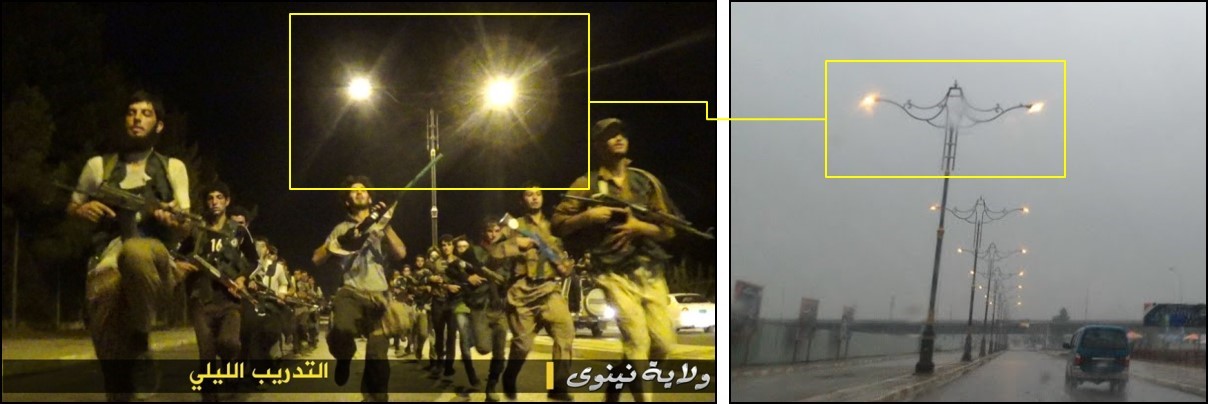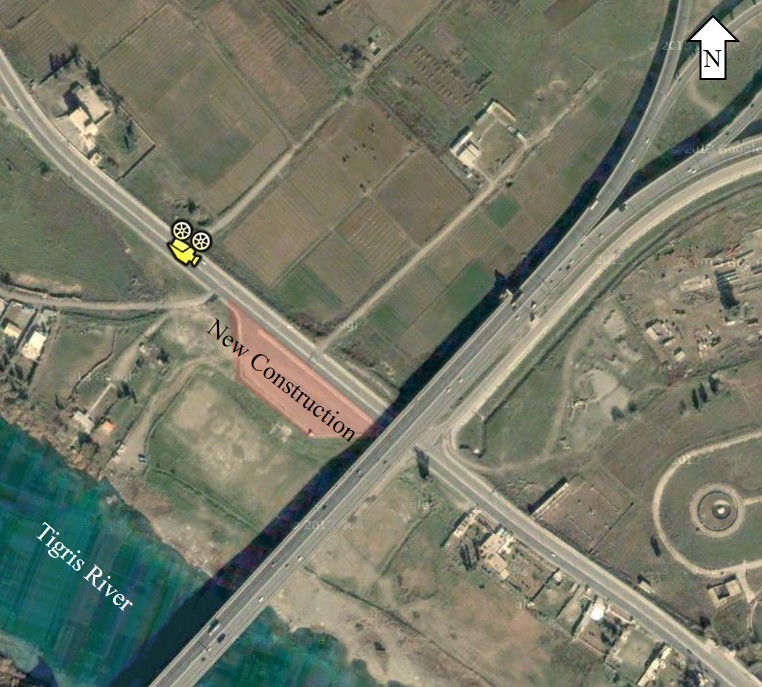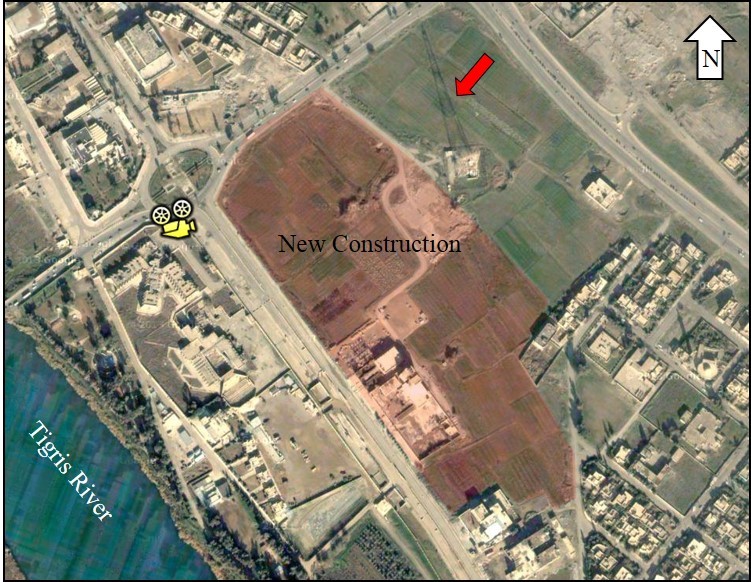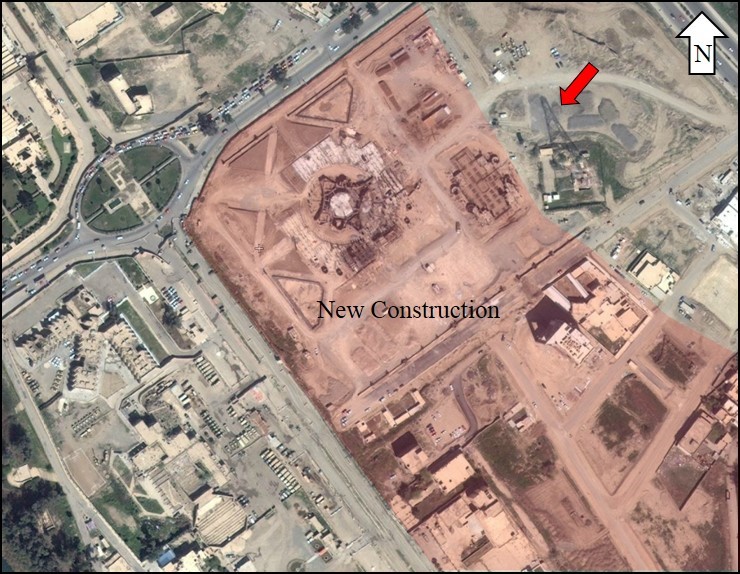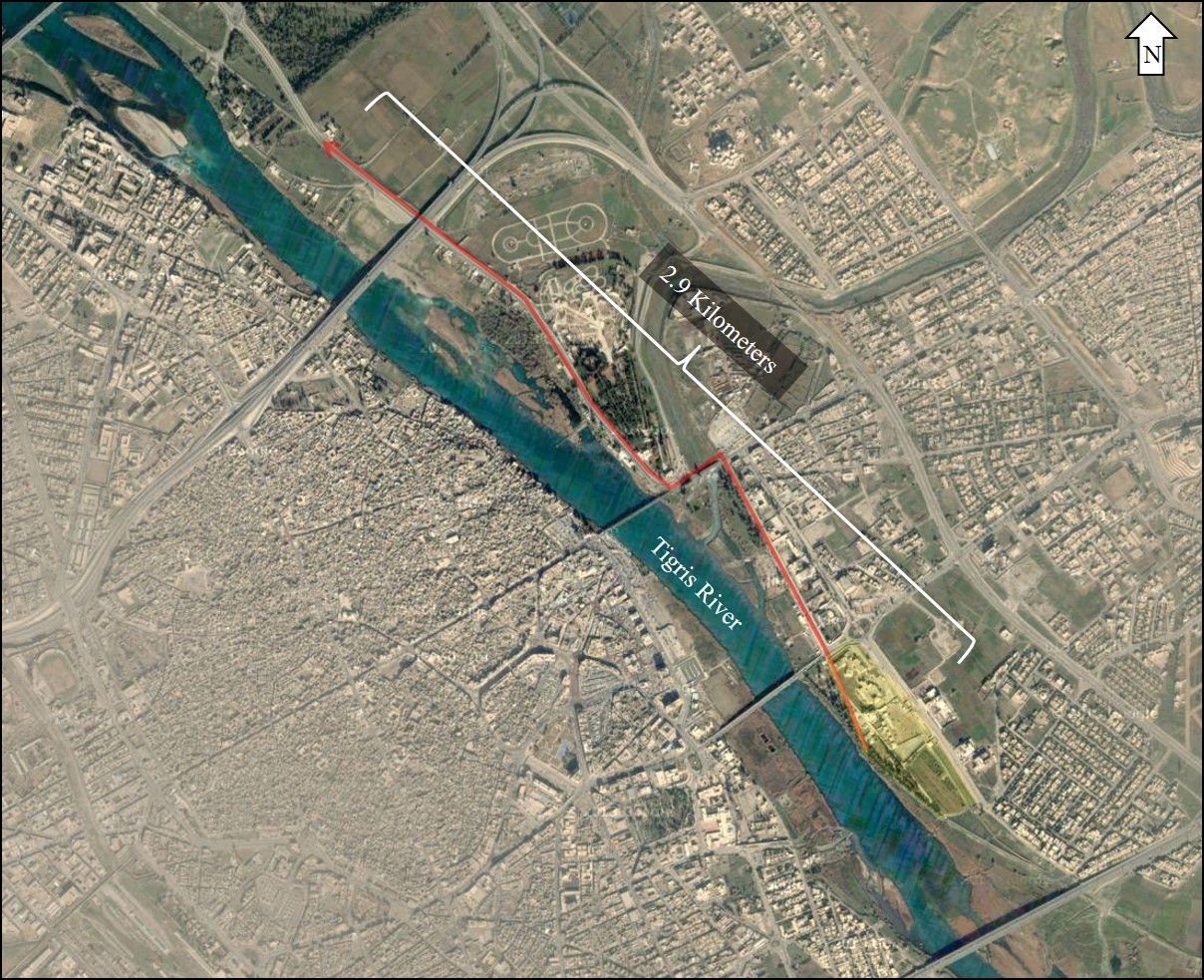در سالهای گذشته موج های خبری متعددی از تعلق شبکه های اجتماعی فیس بوک و
توئیتر و پیام رسان های موبایلی همچون واتساپ و وایبر و ... به یهودیان
آمریکا یا بعضا خود رژیم صهیونیستی منتشر شد که مساله جاسوسی از اطلاعات
کاربران توسط این نرم افزارها را قطعی می ساخت.
بالاخره پس از
بروز مشکلات متعدد از جمله کندی نرم افزار وایبر و سازگار نبودن آن با سرعت
کم اینترنت در ایران و کاهش جذابیتهای واتساپ در بین نسل جوان شاهد روی
آوردن گسترده ایرانییان به نرم افزار تلگرام بودیم.
این اتفاق که
از اوایل سال 1394 رخ داد با چنان سرعتی صورت گرفت که به «مهاجرت ایرانیان
به تلگرام» مشهور شد، این پدیده نادر که طبق آخرین آمار ظرف همین چند ماهه
گذشته 13 میلیون ایرانی را به تلگرام کشانده است، چنان ترافیکی را به
سرورهای نرم افزار تلگرام منتقل نمود که سبب قطع فعالیت این نرم افزار در
بعضی از ایام می شد و کاربران با پیامهایی این چنینی مواجه می شدند که
تلگرام ضمن عذر خواهی از آنان عنوان می کرد به دلیل ترافیک بالای کشور
ایران در سرور تلگرام امکان برخی قعالیتها مثل ارسال عکس هم اکنون وجود
ندارد و تلگرام در حال تلاش برای رفع مشکل و ایجاد مبستر مناسب برای ترافیک
بالای ایرانیان در نرم افزار است!
برخی در این میان بر این باور
بودند که نرم افزار روسی تلگرام از آنجا که توسط یک جوان روس ساخته شده و
در این کشور مدیریت می شود از لحاظ امنیت خطرر کمتری نسبت به وایبر و
واتساپ و ... دارد و یک نررم افزار جاسوسی محسوب نمی شود غافل از این که
اصل ماجرا چیز دیگری است.
سازنده و مدیر نرم افزار تلگرام کیست؟
به
گزارش مشرق نیوز مدیر سایت تلگرام پاول دروف بوده که مدیر سابق شبکه
اجتماعی ویکی(بزرگترین شبکه اجتماعی دنیا بعد از فیسبوک) می باشد که به
زاکربرگ روسی و یا زاکربرگ دوم معروف است، جالب آنکه این شبکه ضد اجتماعی
جزء سایت های محبوب در سرزمینهای اشغالی و در میان صهیونیست هاست.

پاول دورف
پاول دروف دارای مدرک دکتری زبان شناسی و از تیزهوش ترین دانشجویان دانشگاه سنپترزبورگ بوده و پدر وی نیز استاد فلسفه دانشگاه بوده و از یهودیان متعصبی است که بدو شروع کلاس های خود قسمتهایی از قسمت سوم کتوویم یعنی « تنخ» را قرائت میکند.
پاول در جریان کودتای آمریکایی اوکراین، دستور سرویس امنیتی روسیه «افاسبی» جهت مسدود سازی صفحات رهبران کودتای اوکراین در شبکه اجتماعی ویکی و دادن اطلاعات لیدرهای میدانی کودتا را رد کرد. در نتیجه دولت روسیه با وی برخوررد نموده وی نیز همراه با اعلام استعفاء خود سندی را دال بر فشار ولادیمیر پوتین و دستگاه امنیتی روسیه بر خود در وی کی انتشار داد و اعلام کرد هرگز به روسیه برنخواهد گشت. پاول قبل از خروج از طریق دوست هم دانشگاهی خود با پدر وی « مایکل میری لاشویلی» آشنا می شود و همراه با سرمایه وی شرکتی به نام « قلعه دیجیتال» را در آلمان ایجاد میکند که مرکز آن در «برلین» قرار دارد.

لاشویلی سرمایه گذار قلعه دیجیتال و تلگرام
همین ارتباط دروف با لاشویلی سند محکم وابستگی قطعی وی به رژیم صهیونیستی محسوب می گرد زیرا لاشویلی که رهبر کنگره یهودیان روسیه است، ارتباط بسیار مستحکمی با رژیم صهیونیستی داشته، تاثیرگذارترین عضو «دبلیوجیسی» کنگره جهانی یهود بوده و در حال حاضر ساکن تل آویو است. مایکل لاشیویلی از طرفداران سرسخت افزایش بودجه نظامی ارتش اسرائیل است و بارها این مساله را در کنگره جهانی یهود مطرح کرده است.
تلگرام چند در صد روسی است؟
برخلاف تصورات رایج در مورد این شبکه پیام رسان که توسط یک جوان روس راه اندازی شده باید گفت تلگرام متعلق به شرکت قلعه دیجیتال ثبت آلمان و مستقر در برلین بوده و جالبتر اینجاست که علیرغم وجود بسترهای مناسب اینترنت در کشور آلمان سرور نرم افزار تلگرام در لندن و آنهم بر روی یک سرور دولتی کشور انگلیس قرار داد!
جالب آنکه سرور نرم افزار تلگرام در کشور انگلیس و شهر لندن بوده و این سوال بی پاسخ مانده که چطور می شود که شرکتی در برلین آلمان مستقر می باشد چرا باید سرور آن در لندن و آن هم بر یک سرور کاملاً دولتی که سایت های دولتی انگلیس بر آن سوار است باشد؟!
شررکت قلعه دیجیتال همچنین دفتر دوم خود را در آمریکا و در منطقه ببوفالو شهر نیویورک به راه انداخته و همچنین یک دفتر پوششی در شهر هرتزلیای رژیم صهیونیستی با نام ریتز کارلتون فعال نموده است.
هرچند قلعه دیجیتال در سایت خود مدیرکل (مدیر داخلی) این شرکت را فردی یهودی – آمریکایی به نام مت گربر (Matt Gerber) معرفی نموده است که در سابقه او مدیریت شرکتهای امنیتی حوزه سایبر که زیرمجموعه دولت آمریکا نیز بوده وجود دارد. اما Venture village مرجع خبری اخبار ویژه دنیای تکنولوژی در اروپا که اتفاقاً این شبکه خبری نیز در برلین آلمان مستقر است! به صراحت بیان می دارد که قلعه دیجیتال شرکتی آمریکایی با اصالتی روسی (خانواده میری لاشویلی) در راستای توسعه نرم افزارهاست که مسئولیت ساخت و مدیریت تلگرام را به عهده داشته و دارد!

مطمئناً هر عقل سلیمی میپذیرفت که پاول دروف، جوانی دانشجو که وی کی (VK) را نیز با سرمایه خانواده لاشویلی راه اندازی کرد نمیتواند به یکباره صاحب شرکتی به نام قلعه دیجیتال در آمریکا شود و او صرفاً یک مهره دست دوم و نمایشی روی صحنه بیشتر نیست و حتی شخصیت هایی مانند مت گربر یا اکسل نف نیز تنها افرادی امین برای قبول مسئولیت هایی از سوی دستگاه های امنیتی و شخصیتی نظامی – امنیتی مانند مایکل میری لاشویلی با واسطه پسر وی میباشد شخصی که در قامت یکی از بزرگترین رهبران کارتلهای صهیونیستی جهان و فرماندهای عالیرتبه و پدری معنوی در ستاد کل ارتش رژیم صهیونیستی شناخته میشود.
مایکل میری لاشویلی در طول این سالها خود را تا حدی در بین مقامات رژیم صهیونیستی در دنیا موثر نشان داده است که نتانیاهو او را اینگونه خطاب کرده است: من بارها در جلسه وزیران و مسئولین کشور بیان کرده ام آقای لاشویلی سرمایه بزرگی برای امنیت اسرائیل است و ما شکرگذار!!این سرمایه هستیم،آقای لاشویلی از برادر به من نزدیکتر است!!او در همه ی مسایل مرتبط با امنیت اسرائیل از اینترنت و فضای مجازی تا کمک به ارتش قهرمان ما و پلیس شهری یک الگو در میان یهودیان ساکن در اسرائیل است!!!من امروز شخصاً به حضور شما رسیدم که قدردانی خود را از همه زحمات این برادر نزدیک و مهربان بیان کنم!!!
تلگرام آمریکایی-صهیونیستی با شعار امنیت کاربران
جالب اینجات که درست در بحبوحه انتشار اخبار مبتنی بر نا امنی وایبر و واتساپ و اینستاگرام تلگرام با شعار امنیت کابران و ببا تصویر آرامش ببخش هواپیمای کاغذی سفید در آسمان آبی ظهور می کند و در تلاش است تا کاربران نگران را خصوصا در کشورهای مخالف آمریکا و اسرائیل به سمت خود جذب نماید. این آمار اندکی تعجب انگیز نیست که در میان کشورهای مختلف جهان ایران یکی از بیشترین کاربران تلگررام را داراست؟
باید دانست قلعه دیجیتال که پروژه ای فوق سری و امنیتی برای سرویس های جاسوسی – تروریستی دولت های غربی بالاخص آمریکا و اسرائیل قلمداد میشود را نباید موضوعی سطحی در نظر داشت همانطور که اشاره نمودیم، نرم افزار جاسوسی تلگرام در زمانی که سایر پیام رسانها سیر نزولی محبوبیت را طی می کردند با شعاری فریبنده وارد عرصه شد که گویی حافظ امنیت کاربران اینترنت است و با اضافه نمودن تمامی آنچه یک یوزر بدان احتیاج دارد تمامی جذابیت اغواگرانه خود را بکار بست تا بتواند افراد بیشتری را به خود جلب نماید.
اکنون باید از خود پرسید چه شده است که یک جریانی یهودی صهیونیستی چنین نرم افزارهایی که میلیون ها دلار هزینه ساخت آنها شده است را آنهم با شعار حفظ امنیت اطلاعاتی کاربران در اختیار ما قرار داده است؟!
و از همه مهمتر اینکه چه اتفاقات و روندی سبب شد تا به صورت ناگهانی ایرانیان به تلگرام مهاجرت کنند؟ گفتنی است مردم ایران قبلا نیز استقبال های گسترده از نرم افزارهای پیام رسان مانند وایبر و واتساپ یا شبکه های اجتماعی موبایلی همچون لاین و تانگو را تجربه کرده اند اما هرگز چنین موج شدیدی از گرایش به یک نرم افزار پیام رسان به گونه ای که از آن به پدیده مهاجرت ایرانیان یاد شود؛ رخ نداده بود.
ایرانیان ظرف کمتر از شش ماه جمعیت 13 میلیونی را به تلگرام منتقل کردند و این یعنی به طور متوسط ماهانه بیش از دو میلیون ایرانی به تلگرام پیوسته اند!
به نقل از گرداب








